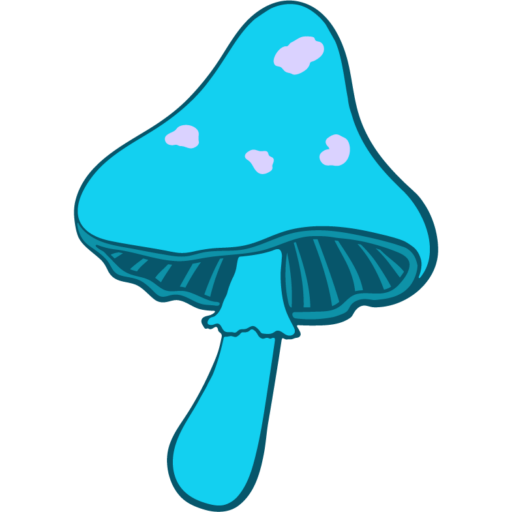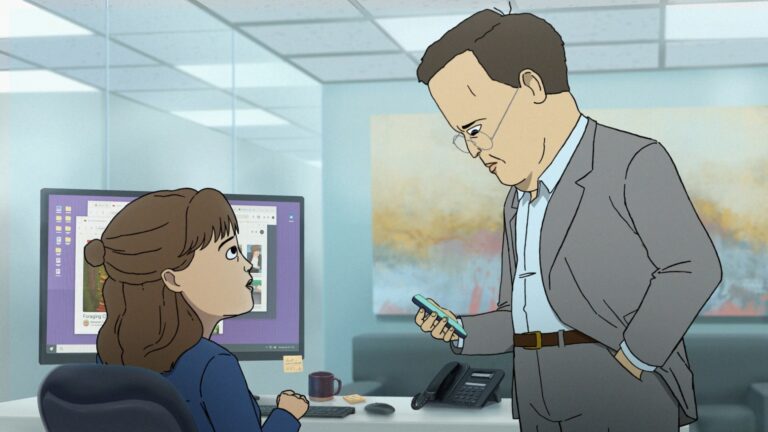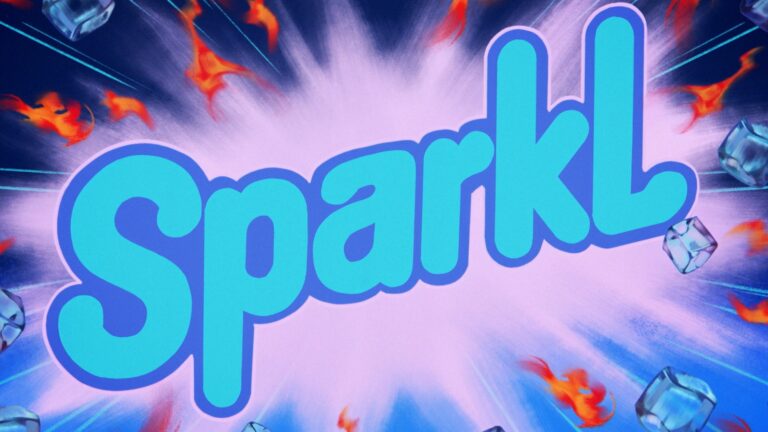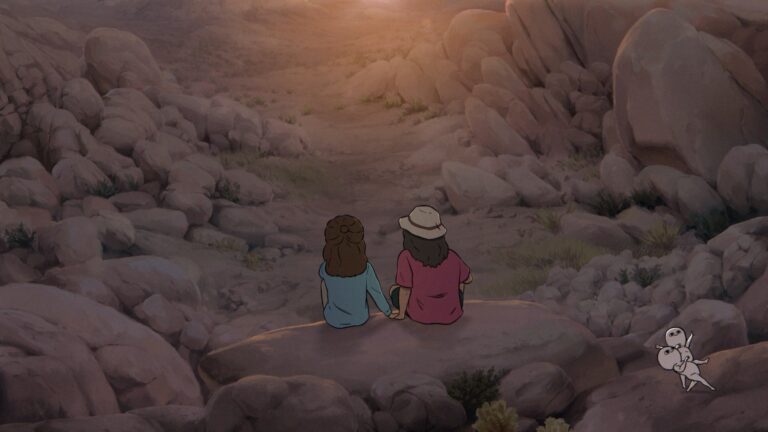Tripping Through Animation
If you’ve flipped over to Adult Swim lately, odds are you’ve at least caught a glimpse of “Common Side Effects.” The show’s got a real magnetic pull. It hooks audiences not only with its offbeat narrative, but with visuals that are anything but ordinary. I’m talking surreal, trippy, psychedelic – call them what you want. These are visuals that stick with you long after the credits roll.
What the Heck Am I Looking At? The Artistic Playbook
First thing’s first – where did this wild style come from? The artistic minds behind “Common Side Effects” are Joseph Bennett and Steve Hely, names you may recognize if you’ve spent time with “Scavengers Reign.” These two have a history of pushing animation in surprising directions, and this show is no exception.
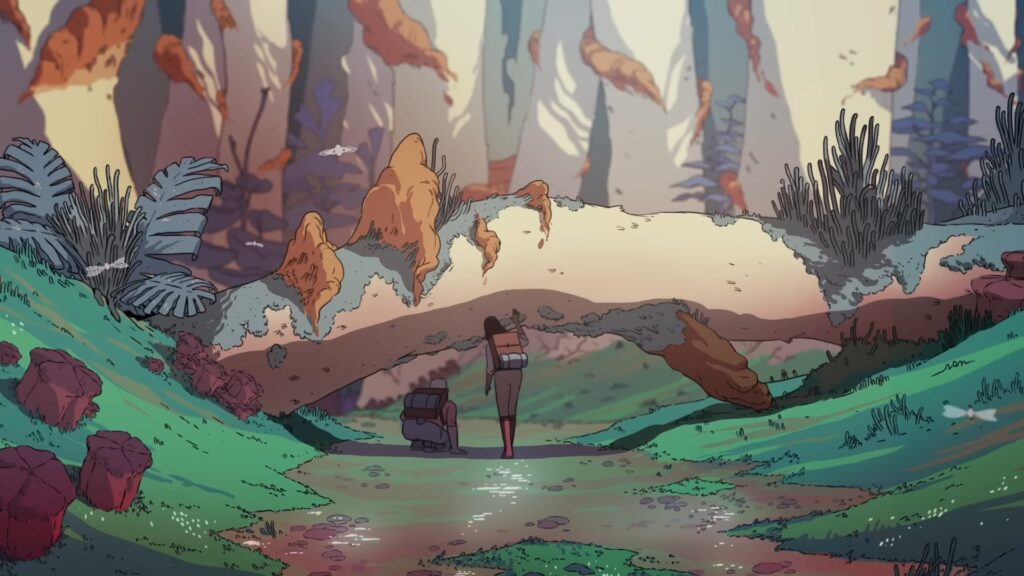
Now, you might expect a bunch of rainbow tie-dye gags or groovy 70s patterns when a show leans psychedelic. But nope! Bennett drew inspiration from everywhere. Think: Coen Brothers’ films with their moody, off-kilter worlds, and even Paul Stamets’ mushroom evangelism. Odd combo? Sure, but it works. Bennett pours these influences straight into character designs that look like they leapt out of underground comics. They’re warped, weird, and somehow totally human.
And don’t forget, this isn’t a solo act behind the curtain. Green Street Pictures coordinated a global posse of artists. Folks from France, Spain, Portugal, and Mexico all rolled up their sleeves. The result? Animation with flavor. You get styles and traditions from all these places, and man, it keeps every frame feeling fresh.
Journey Into the Mushrooms: When the Screen Starts to Swirl
Every great trip needs a catalyst, and here it’s the Blue Angel Mushroom. This isn’t just some background prop, either. The mushroom literally alters the world – at least, if you’re watching through the eyes of a main character.
And the artists go all in. When the Blue Angel comes out to play, get ready for sequences where sense and logic bend. The show erupts into swirling kaleidoscopic visuals, wild flashes of color, and morphing shapes that pulse with a life of their own. Think about the craziest music video you’ve ever seen, then turn the dial up a notch.
But here’s the thing – these aren’t your garden variety psychedelic flourishes. The creators avoided the same old spiral and checkerboard tropes. They wanted fresh, startling imagery that fits their story, and boy, did they nail it. The result? Scenes that land somewhere between a fever dream and a healing ritual, which feels totally right for a plotline balling up mushrooms, medicine, and modern malaise.
Why Go Psychedelic? There’s a Method in the Madness
The visual weirdness isn’t just there for shock value. Every time the show shatters reality with its animation, it draws you right into the character’s inner world. It’s not just about what the characters see; it’s about how they feel, what they fear, or what they hope for. Suddenly, you’re not just watching a show – you’re sharing the trip.
Transitioning from these sequences back to “normal” (if you can ever call this show normal) only accentuates how deeply the mushroom – and the story’s messaging – cuts into its characters’ lives. So, the next time those colors start rippling across your screen, know there’s a narrative reason for every flourishing swirl.
How Does It Stack Up Next to the Rest? Standing Out in a Crowded Landscape
Now, we’ve all seen trippy cartoons before. “Undone” on Prime Video used rotoscope animation to blend the real with the supernatural, making viewers question what’s actually happening. Adult Swim’s own “Off the Air” tosses viewers into the deep end with pure visual madness, rarely pausing for air.
But “Common Side Effects” doesn’t completely leave reality in the dust. Its style stays grounded just enough so you don’t lose the thread of the story. That’s a trick not all shows manage. The weird visuals aren’t distractions; they’re tightly woven into the plot. Think less “random acid trip,” more “spiritual awakening on the edge of society.”
Here’s how “Common Side Effects” pushes the envelope:
- Bold Use of Color: Instead of rainbows for rainbow’s sake, every hue has intent.
- Cultural Mashup: The show pulls from artistic traditions worldwide.
- Story First: No matter how surreal, the visuals always circle back to the story.
- Realism Meets Fantasy: Human characters ground the action, keeping things relatable as reality melts around them.
All the Strange Beauty: Why We Can’t Look Away
After a rapid-fire parade of visual candy, you might ask – why do these images work so well? Simple. They mirror the chaos and hope stitched into every episode. The show uses animation like a disco ball, scattering light on the dark corners of modern medicine, unchecked corporate greed, and the way ordinary people search for hope, even in the weirdest places.
Bennett and his team manage a neat trick: making every hallucination, every bug-eyed mushroom sequence, and every dancing color patch pack an emotional punch. The psychedelic approach turns out to be the best possible way to tell a story full of uncertainty and risk – because healing, in this world, is just as strange and remarkable as any trip.
A Future So Vivid, You Can Smell the Spores
Where does this leave us? “Common Side Effects” turned out to be a little miracle of animation, in no small part because it refuses to play by the rules. Maybe next time you tune in, you won’t just be watching the characters spiral through another shroom-induced crisis. Maybe you’ll spot an echo of your own weird, wonderful dreams tucked inside that kaleidoscopic mess.
This show doesn’t just ask you to watch – it dares you to see the world differently. And in 2025, a little psychedelic perspective feels right at home.
